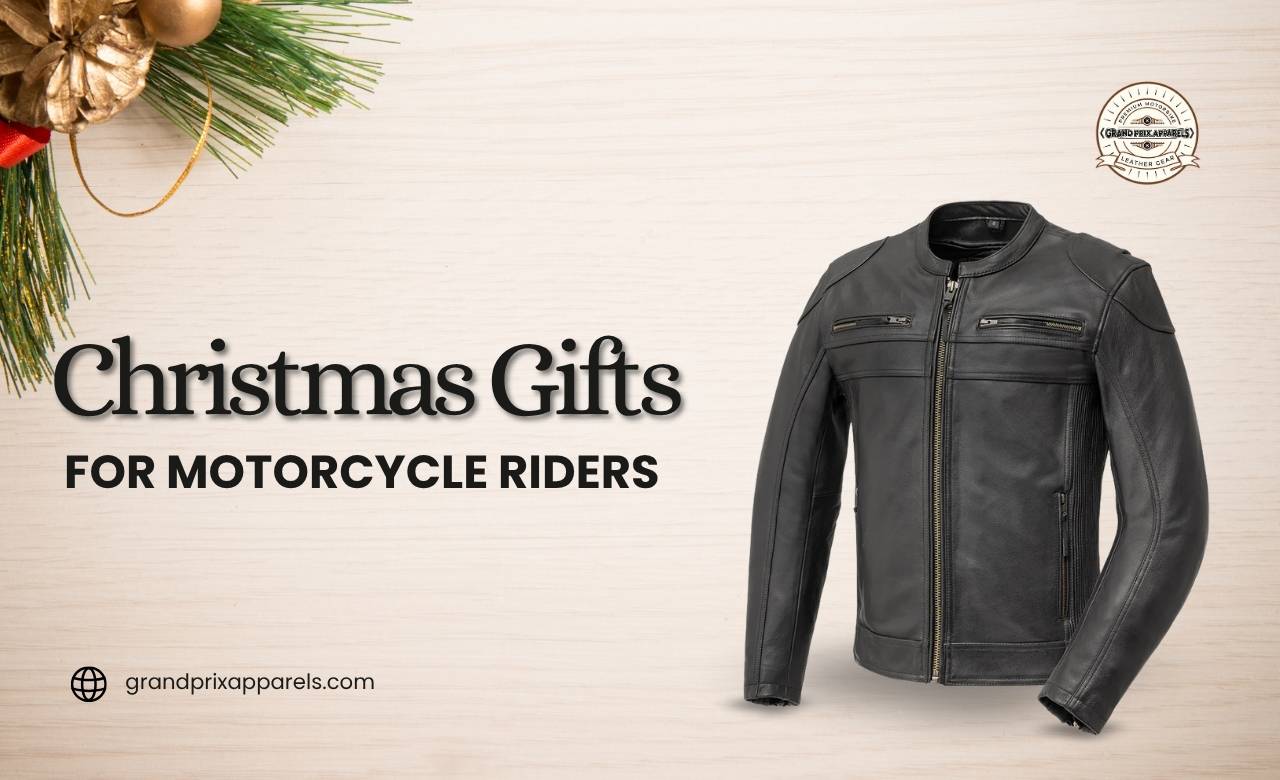
10 Christmas Gifts for Motorcycle Riders in 2025
Motorcycle riders live for the road, and Christmas is the perfect time to celebrate their passion. A well-chosen gift can add comfort, style, and convenience

Racing in MotoGP requires extreme skill, precision, and a comprehensive understanding of safety. When riders hurtle down a track at blistering speeds, the suits they wear become their ultimate line of defense. MotoGP suits are not just about looking sleek and professional. Made of good material and are crafted with advanced technology to protect racers from life-threatening injuries. Let’s dive into the essential features of these high-tech suits that make them indispensable on the track.
The foundation of any MotoGP suit is the material used to construct it, and leather is the gold standard.
Leather is highly abrasion-resistant, which is critical for protecting the rider’s skin during a slide. The smooth texture minimizes friction with the track, reducing the risk of the suit catching and causing the rider to tumble.
B. Multi-Layer Design MotoGP suits often have multiple layers:
| Leather Type | Properties | Use |
| Cowhide | Tough, abrasion-resistant | Amateur and semi-professional suits |
| Kangaroo | Lightweight, ultra-strong | Professional and high-speed racing |
High-speed crashes can result in significant impacts, so MotoGP suits are equipped with advanced armor to absorb and dissipate forces.
A. CE-Approved Armor All MotoGP suits feature CE-certified protectors, which meet stringent European safety standards. These protectors are placed in high-impact areas:
B. Integrated Back Protector A vital feature of a MotoGP suit is the back protector, which shields the spine from severe impacts. Some suits come with built-in back protection, while others have a pocket for riders to insert their own.
C. Chest Protection Although chest protectors are often optional, they are highly recommended. They safeguard vital organs from frontal impacts and are designed to fit seamlessly under the suit.
D. External Sliders MotoGP suits include external sliders on the shoulders, elbows, and knees. Made from durable plastic or titanium, these sliders help riders slide smoothly across the track, reducing the risk of injury. Elbow sliders have become a significant part of modern racing, enabling riders to lean further into corners with added stability.
Aerodynamics are crucial in MotoGP, where even the smallest resistance can impact speed and handling.
A. Speed Hump The aerodynamic speed hump is a distinctive feature on the back of the suit. It serves multiple purposes:
B. Streamlined Fit The suits are designed to fit snugly, minimizing any loose fabric that could disrupt aerodynamics. Elastic panels are strategically placed to ensure comfort while maintaining a race-ready fit.
While protection is paramount, MotoGP suits must also allow a full range of motion.
A. Stretch Panels Stretch panels made from accordion leather or Kevlar fabric are incorporated into key areas:
These panels give the rider flexibility for extreme movements, like leaning into corners or shifting body position during high-speed maneuvers.
B. Pre-Curved Design MotoGP suits feature a pre-curved design, molded to fit a rider’s posture on the bike. This ergonomic shaping reduces fatigue and ensures the rider remains comfortable and agile throughout the race.
Racing under the sun in full leather gear can be sweltering, so ventilation is a crucial design element.
A. Perforated Leather Perforated sections are strategically placed on the suit to promote airflow, keeping the rider cool during intense races.
B. Moisture-Wicking Liners The inner lining of the suit is often made from moisture-wicking materials that draw sweat away from the body. helping to regulate temperature and prevent discomfort.
C. Removable Liners Some suits come with removable and washable liners, making it easier to keep the suit clean and odor-free.
Seams are a potential point of weakness, so MotoGP suits are engineered with reinforced stitching.
A. Triple and Quadruple Stitching High-stress areas, such as the shoulders, knees, and elbows, are secured with multiple layers of stitching to prevent tearing upon impact.
B. Seam Placement Seams are strategically positioned to minimize exposure during a slide. By hiding seams from direct contact with the track, manufacturers further enhance the suit’s durability.
A. Made-to-Measure Suits Professional racers often get custom-fitted suits, ensuring optimal protection and comfort. Measurements are taken with precision to account for every curve and muscle.
Every rider has unique preferences and body shapes, so many MotoGP suits are customizable.
B. Personalized Branding Riders can choose to add custom colors, logos, and name tags to reflect their personal or team identity.
The latest advancement in MotoGP safety is integrated airbag systems.
A. How It Works The airbag system deploys in milliseconds upon detecting a crash, inflating around the shoulders, collarbone, and chest to provide extra protection. These systems are powered by sensors that monitor the rider’s movements and can distinguish between normal riding behavior and a fall.
B. Major Brands and Systems
C. Reusability After deployment, airbag systems can often be reset and recharged, allowing the suit to be used multiple times.
| Airbag System | Key Features | Brands |
| Dainese D-Air | Intelligent crash detection | Dainese |
| Alpinestars Tech-Air | Full upper body protection | Alpinestars |
Proper maintenance of a MotoGP suit ensures it remains protective and lasts longer.
A. Cleaning Tips
B. Storage Store your suit in a cool, dry place away from direct sunlight. Hang it on a wide-shouldered hanger to maintain its shape.
MotoGP suits are engineering marvels, blending cutting-edge safety technology with aerodynamic efficiency. They provide essential protection for riders braving the dangers of high-speed racing. Whether you’re a professional racer or an avid motorcycle enthusiast, understanding the features and technology behind MotoGP suits can help you make an informed decision and stay safer on the road or track.
Kangaroo leather is lighter and stronger than cowhide, offering superior abrasion resistance and flexibility, which is crucial for high-speed racing.
The speed hump improves aerodynamics, provides neck and spine protection, and can house a hydration system.
Airbag systems use sensors to detect crashes and deploy airbags around critical areas like the shoulders and chest, inflating in milliseconds to reduce impact forces.
Yes, many manufacturers offer custom-made suits, allowing you to choose colors, logos, and a tailored fit for optimal comfort and protection.
Clean your suit with a damp cloth and leather cleaner, check the armor regularly, and store it in a cool, dry place on a wide-shouldered hanger.
Most airbag systems can be reset and reused after deployment, though the exact process may vary by brand.

Motorcycle riders live for the road, and Christmas is the perfect time to celebrate their passion. A well-chosen gift can add comfort, style, and convenience
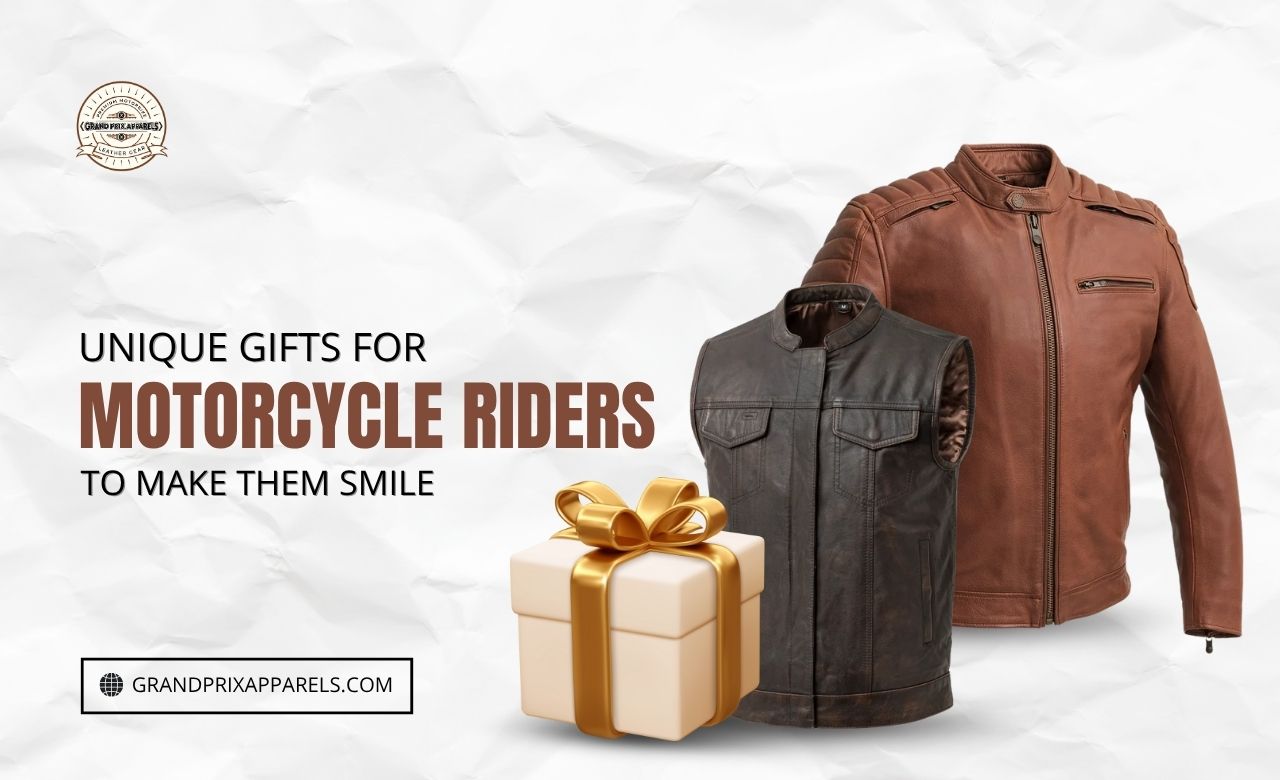
Motorcycle riders appreciate gifts that resonate with their passion, add value to their rides, and offer something distinctive. The right pick strikes a balance between
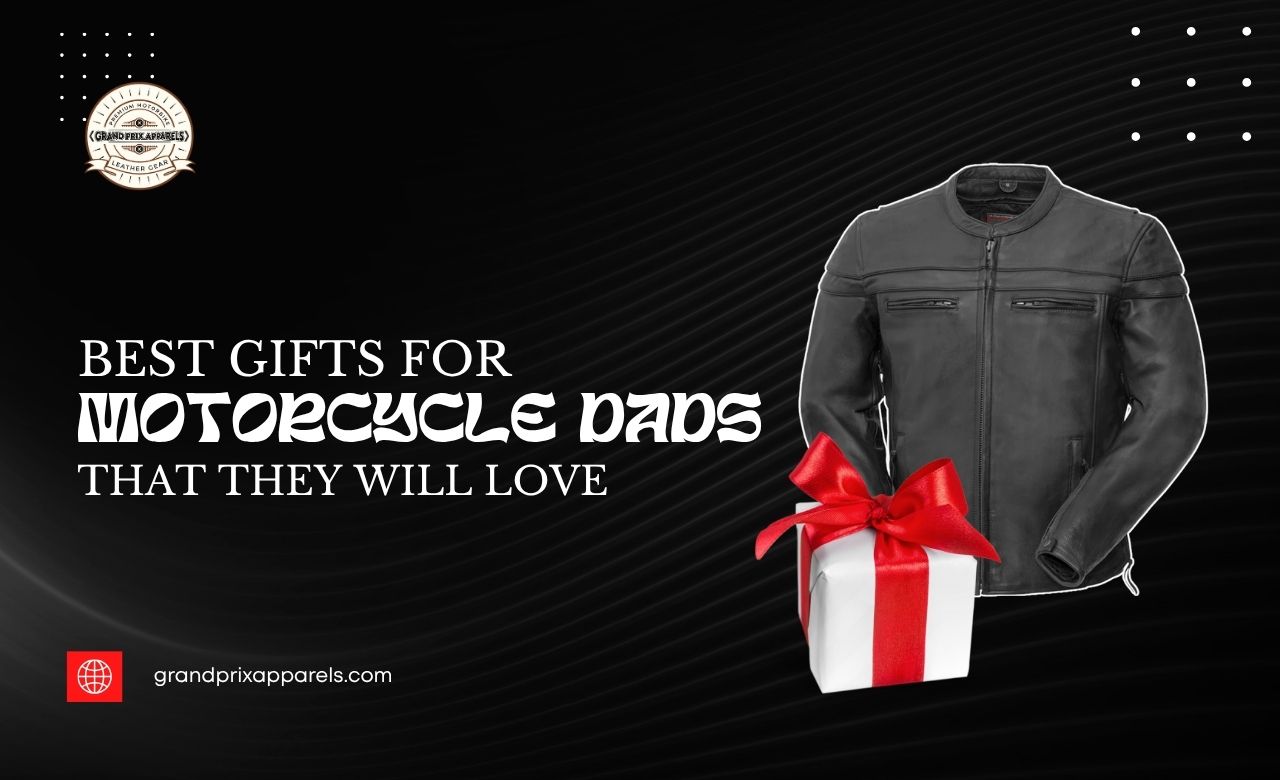
Motorcycle dads are passionate riders. They thrive on the open road, love the sound of the engine, and enjoy the thrill of every ride. If
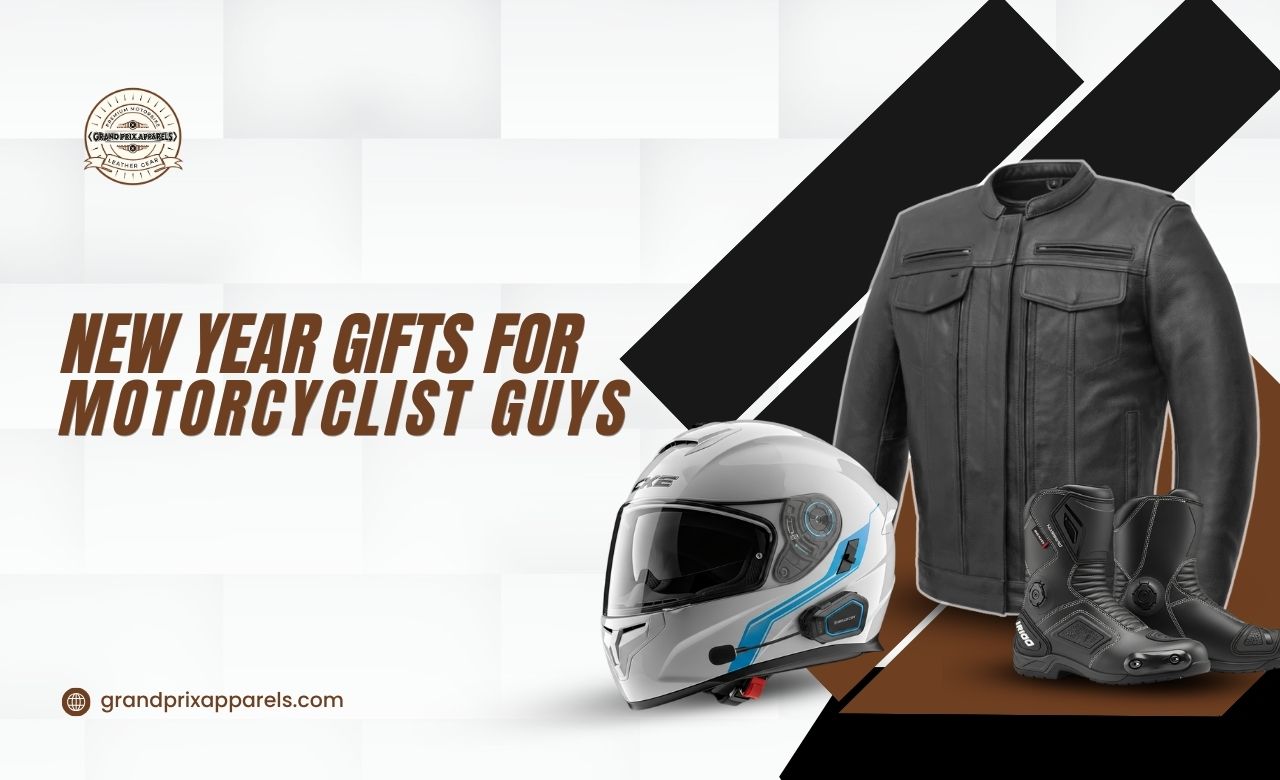
The New Year is the perfect time to surprise the biker in your life with a gift that blends excitement, purpose, and lasting value. Riders
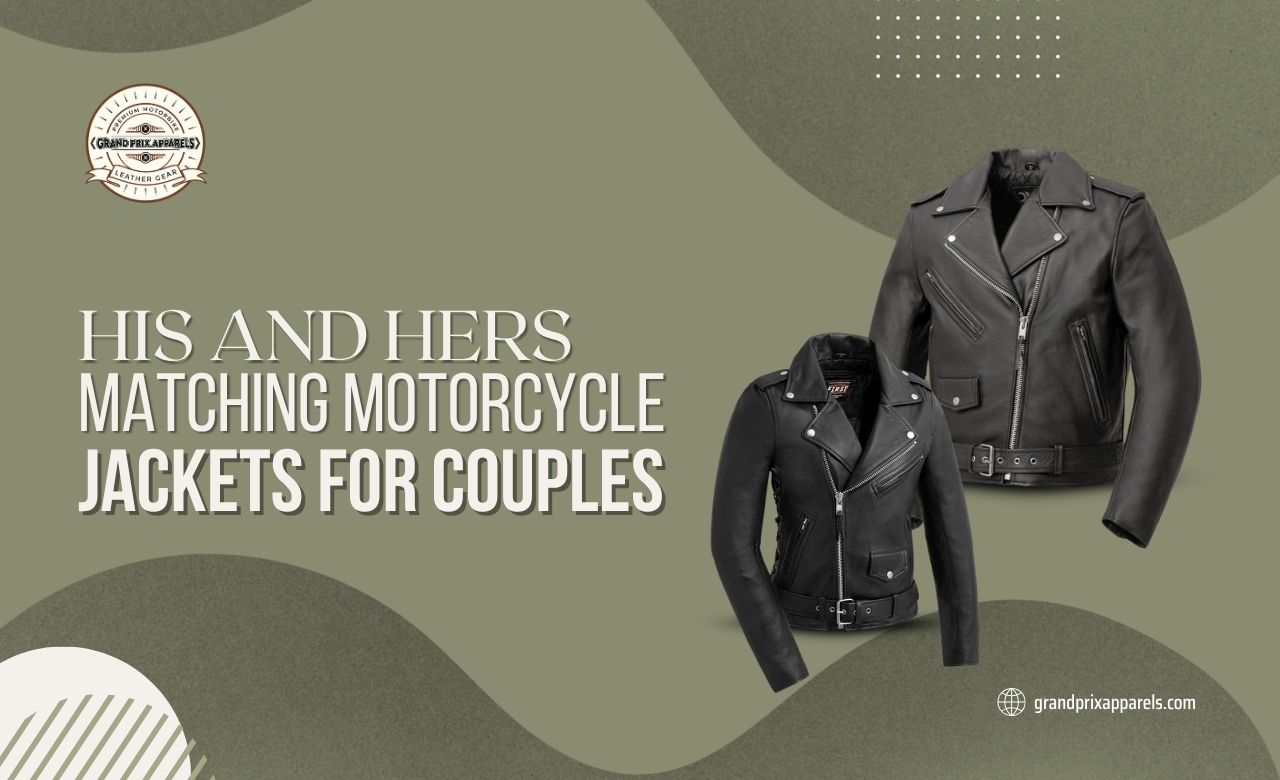
Riding together is more than just a hobby; it’s a way to bond, explore, and create memories on the open road. Matching motorcycle jackets are
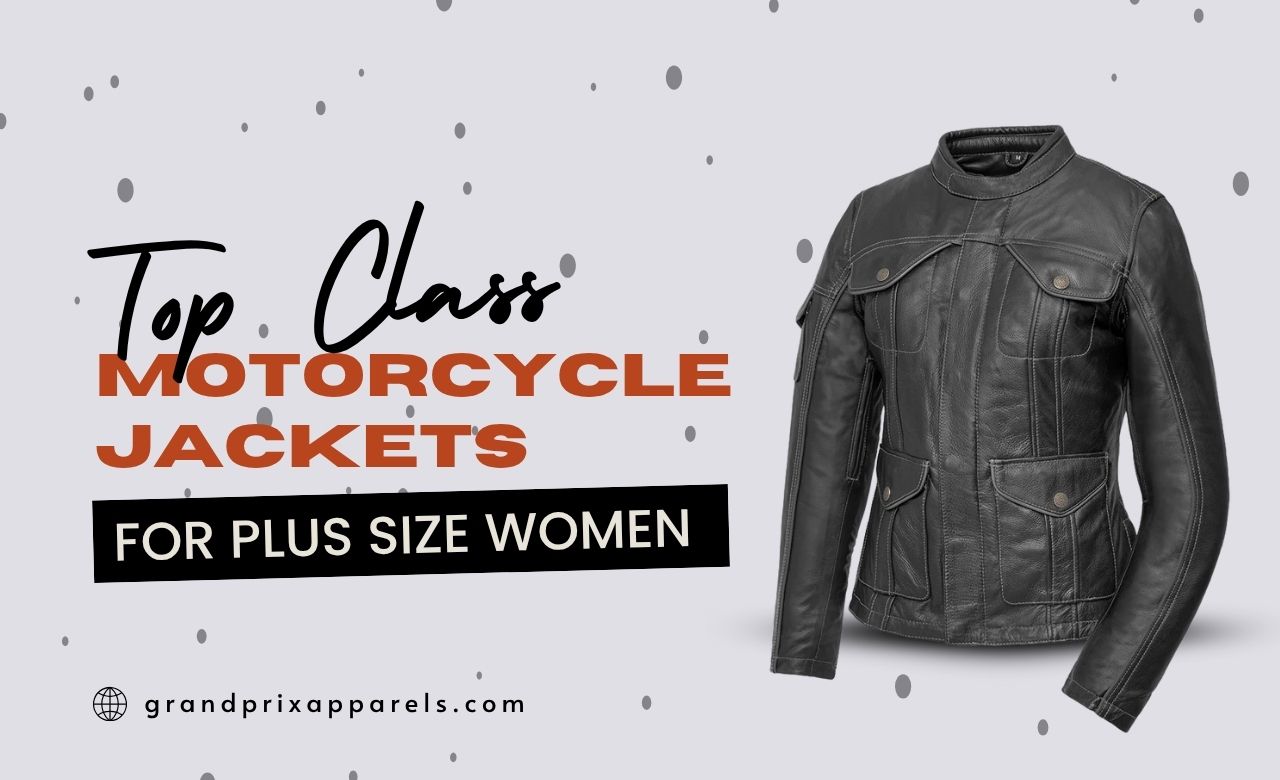
Every rider deserves gear that fits well, looks great, and feels comfortable, no matter the size. For plus-size women riders, finding the perfect motorcycle jacket
70 Pitman Ave, Fords, New Jersey, US
info[at]grandprixapparels.com
custom[at]grandprixapparels.com

Proin ullamcorper pretium orci donec necscele risqueleoam massa dolor imper dietnec consequata congue idsem maecenas malesuada faucibus finibus.
Uluwatu Jimbaran ST, 1919 - Bali, Indonesia
+62 212-345-321
deva@mail.com